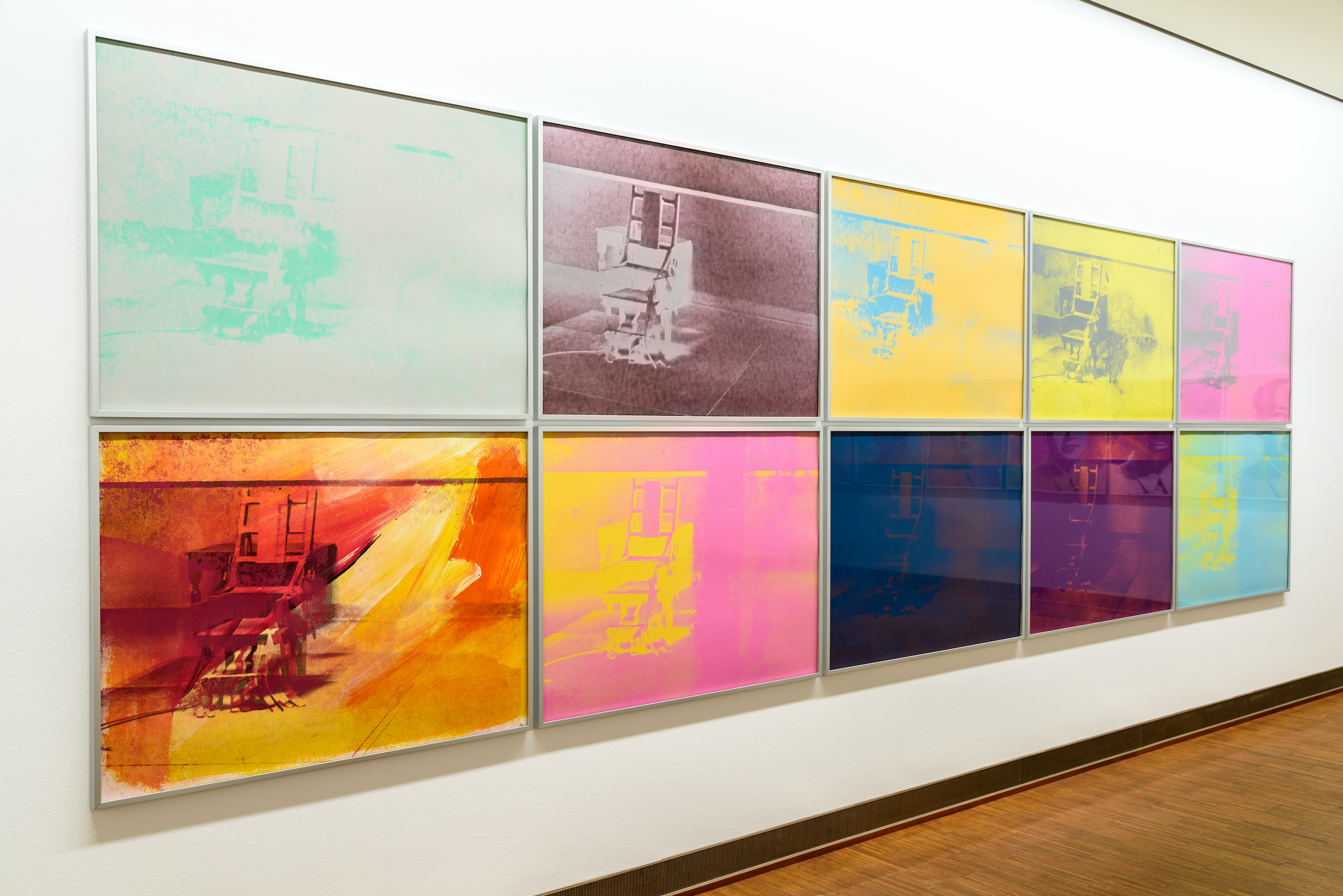As time went on, psychoanalysts started to become interested in the question: what happens to the child who loses faith in the possibility of that reassurance, who experiences absence or abandonment for longer than they are able to tolerate? This is what we might call ordinary, mundane trauma. It’s the trauma of a sense of care – a sense of somebody being there to look after you – suddenly being lost. When it’s lost, the mind of the infant falls into panicked despair, which might later give way to resigned despair: a hopelessness in the world.
The experience of abandonment
Psychoanalyst and Professor of Modern Literary Theory
- What happens to the child who experiences absence or abandonment for longer than they are able to tolerate? For the British psychoanalyst Donald Winnicott this gives rise to the the pain of the void, the pain of emptiness.
- Winnicott Winnicott talks about the baby experiencing “disintegration”. He also describes a feeling of what he calls, rather enigmatically, “falling forever”: the sense of having no support underneath. It’s a state of isolated abandonment.
- The transformation of experiences of abandonment – to turn them into something that has a certain symbolic value – is a way of surviving them. The history of art and literature is full of such examples.
- Emily Dickinson gives us abandonment with a rhythmic and sonic vividness, as well as an extraordinary vividness of language itself. There is pain; and then there is pain’s successor, which is what she calls a languor of the life.
Losing a sense of care
From the beginning, psychoanalysis was interested in the experience and the meaning of abandonment, especially for the very young child. Sigmund Freud noticed that for the infant, the absence of the mother could often be a very agitating and troubling experience. Of course, this was remedied by the return of the mother, by the assurance that somebody was there.

Photo by Yuliya Evstratenko.
A mind unable to process abandonment
There’s a very important essay published posthumously by the British psychoanalyst Donald Winnicott called “Fear of Breakdown”. In that tantalisingly short but very dense and rich piece of writing, he speaks of an experience of traumatic abandonment that the mind is too undeveloped to actually process.
He describes this as the occurrence of a disaster that has happened, but which hasn’t been experienced. This is key for Winnicott: the trauma has occurred, but it has occurred without a mind there to process it. And while very distressing experiences often give rise to full internal states of distress and physical or mental pain, this gives rise to an opposite and much more enigmatic kind of pain, which is the pain of the void, the pain of emptiness. This, for Winnicott, is what abandonment really means.
The effects of abandonment
Winnicott talks about the baby experiencing “disintegration”. This is different from what he calls “unintegration”, which is a kind of pleasurable diffuseness of the mind. Disintegration is a rather panicky sense that the world around the infant is unravelling or coming apart.
Winnicott also describes a feeling of what he calls, rather enigmatically, “falling forever”: the sense of having no support underneath. This leads to a real difficulty in the capacity to relate to others, because there is a loss of an internal naturalised presence of another person, another mind. It’s a state of isolated abandonment. This child grows into an older child, who grows into an adult, but that first experience of abandonment stays with them and becomes the unspoken condition of their selfhood through the course of their lives.

Photo by Cristina Conti.
Abjection and the unrepresentable
Julia Kristeva is one of a number of figures in the history of French psychoanalysis who have been interested in states of mind for which there is no symbolic language, no form of representation. We might translate that into ordinary language as having an experience which is so extraordinary, so singular, so unexpected that we just don’t have words for it; we often say it’s a wordless experience, or something we couldn’t put into words.
That can, of course, be something quite unexpectedly joyous. Yet, when we talk about abjection, we are talking about a level of pain and incomprehension of one’s own pain that seems to fall outside of the very possibility of representation. Kristeva associates this with states of abandonment, with a feeling of utter worthlessness and irrelevance.
The problem of extremities of psychic life for which there is no language is one of the great themes of French psychoanalysis. That might be one of the reasons why French psychoanalysts are very interested in Winnicott, because Winnicott shares that fascination with unrepresentable states of mind.
Abandonment in art
The transformation of experiences of abandonment – to turn them into something that has a certain symbolic value – is a way of surviving them. The history of art and literature is full of such examples.
Andy Warhol experienced various kinds of trauma in his early life, such as the early accidental death of his father, who drank water laced with chemicals while working away from home and came back a corpse. Warhol’s father was laid to rest in the family home, and the young Andy ran under the bed; refused to look at the corpse; refused to attend the funeral; and developed a morbid fear of death, which was also a kind of horrified fascination for it. This finds its way into various aspects of his work, which is full of flat, deathly scenarios experienced in a chillingly empty, indifferent way.
Warhol’s depiction of trauma
One of the very first works of art that Warhol makes no longer exists; we just have a written record of it. Warhol had taken a very famous photograph of an abandoned baby sitting upright at the edge of a platform in the bombed Shanghai South Station. We see this baby looking at a bombed-out landscape; its skin is blackened and it’s screaming its head off. The station has just been bombed by the Japanese. It’s one of the most terrible images of abandonment, desolation and violence in the repertory of 20th century images.
Warhol overlaid this image with pastel colours, which seems chilling and tasteless but also gives expression to a fascination with pain and suffering and death. There’s a wish to get up very close to the scene, but at the same time to withdraw from it and to create a barrier, through these layers of pastel paint.
We see this again and again in various silkscreens, particularly during the 1960s. In Warhol’s death and disaster series, images of suicide, the electric chair and car crashes are screen-printed again and again. Repetition, of course, is also a function of trauma: we loop back, we keep going back to the same scene of pain and injury.

Andy Warhol, Electric Chair paintings at Albertina Museum. Photo by Radu Bercan.
Vivid abandonment in Dickinson
Emily Dickinson also gives us a sense of abandonment. Whereas Warhol gives it to us almost raw, with the flatness and indifference of somebody who’s unable to feel, Dickinson gives us abandonment with a rhythmic and sonic vividness, as well as an extraordinary vividness of language itself.
Perhaps this is best illustrated in one of Dickinson’s poems about the experience of abandonment. Dickinson only numbered her poems; she never gave them titles. This is poem number 396, c.1862:
With a vividness that is almost paradoxical, Dickinson is conveying the sense that vitality is being drained out of us. She is documenting in verse the abrupt loss of vitality. There is pain; and then there is pain’s successor, which is what she calls a languor of the life. We are experiencing a kind of zombie state; a loss of any sense of inner aliveness. This is the state that psychoanalysts often associate with extreme states of abandonment and loss.
Discover more about
abandonment and trauma
Cohen, J. (2019). People Are Working Every Minute: Andy Warhol. In Not Working: Why We Have to Stop. Granta Books.
Kristeva, J. (1987). Black Sun: Depression and Melancholia. Columbia University Press.